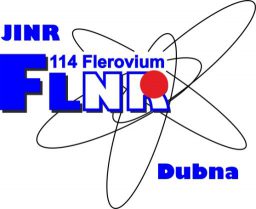Theory and phenomenology for experiments at ACCULINNA/ACCULINNA-2
Speaker: L.V.Grigorenko, FLNR JINR
February 25, 2022 – 11:00, FLNR conference hall and online Webex
Within the last two decades there were the following novel developments in theory and phenomenology at ACCULINNA/ACCULINNA-2 group:
(i) Development of consistent quantum-mechanical theory of two-proton radioactivity with precise treatment of the long-range correlations in the three-body Coulomb continuum.
(ii) Clarification of the role of “true” two-proton and two-neutron decays and “soft” dipole excitations in the process of “rapid” nucleosynthesys at the proton driplines (r- and rp-processes).
(iii) Development of data analysis methods for (few-body) decays of aligned states populated in direct reactions at intermediate energies (ACCULINNA/ACCULINNA-2 fragment separators at FLNR).
(iv) Development of data analysis methods for experiments with fragment tracking (the technique developed at GSI, Germany).
(v) Prediction of possibility of very long-living states decaying via simultaneous emission of two or four neutrons. In certain limit this corresponds to possibility of novel types of radioactive decays: two-neutron and four-neutron radioactivities.
(vi) Studies of “transition dynamics” between different mechanisms of three-body decay. Proposed new method of width determination for two-body decays by studies of three-body correlations in the transition region.
The relevance of these developments to the past and prospective experimental scientific program of the ACCULINNA/ACCULINNA-2 group is discussed.
